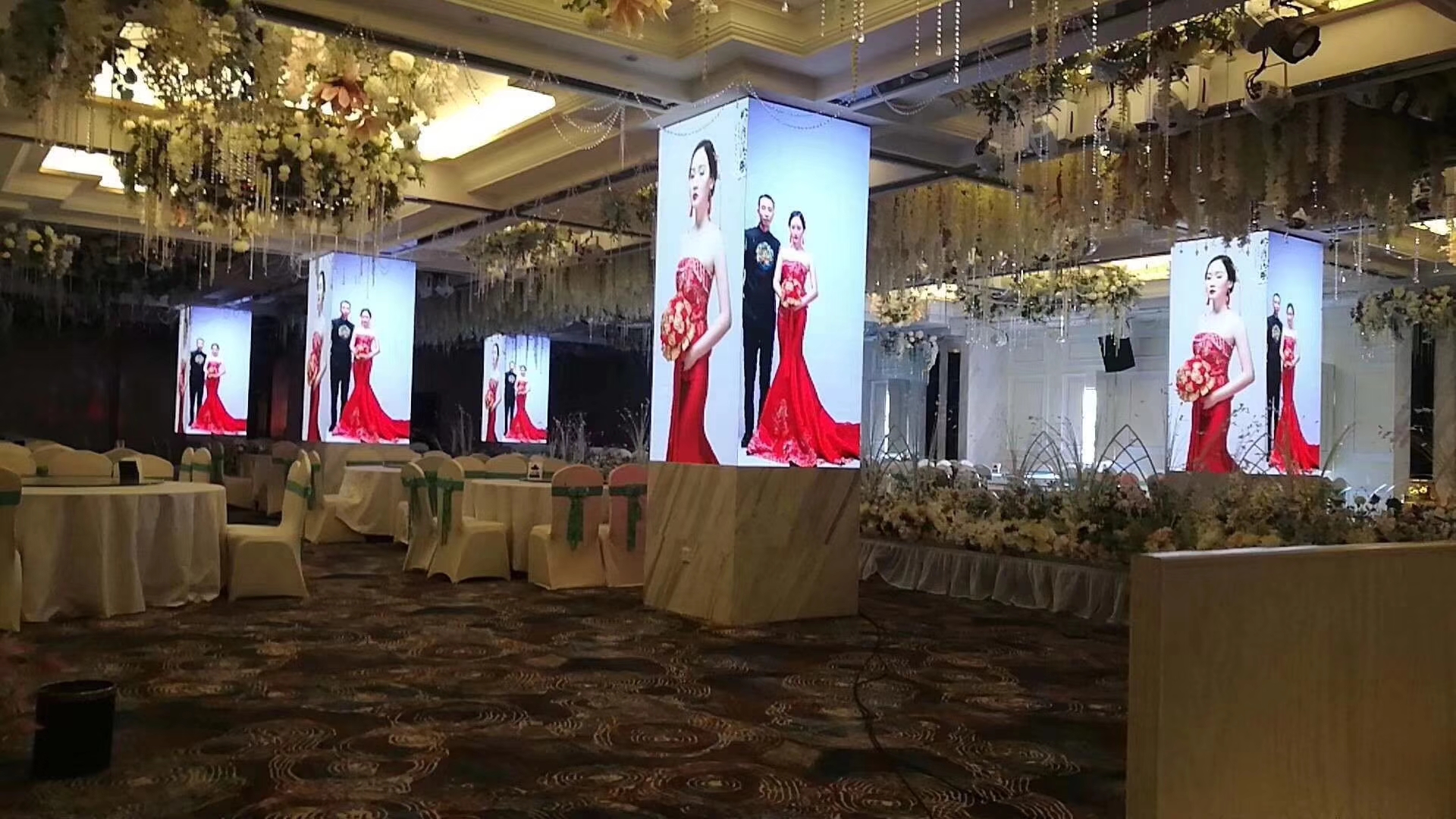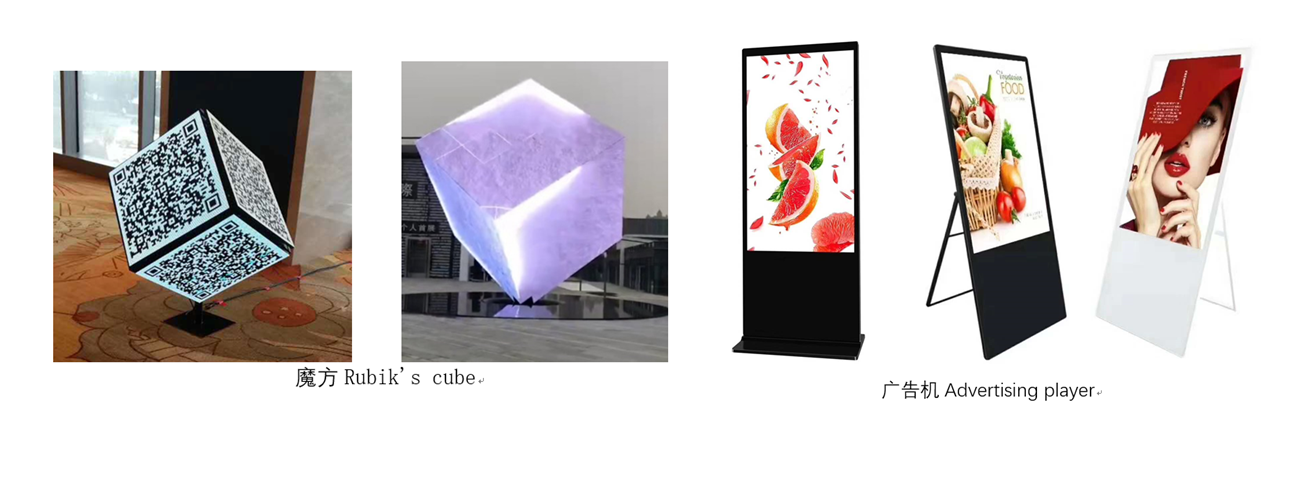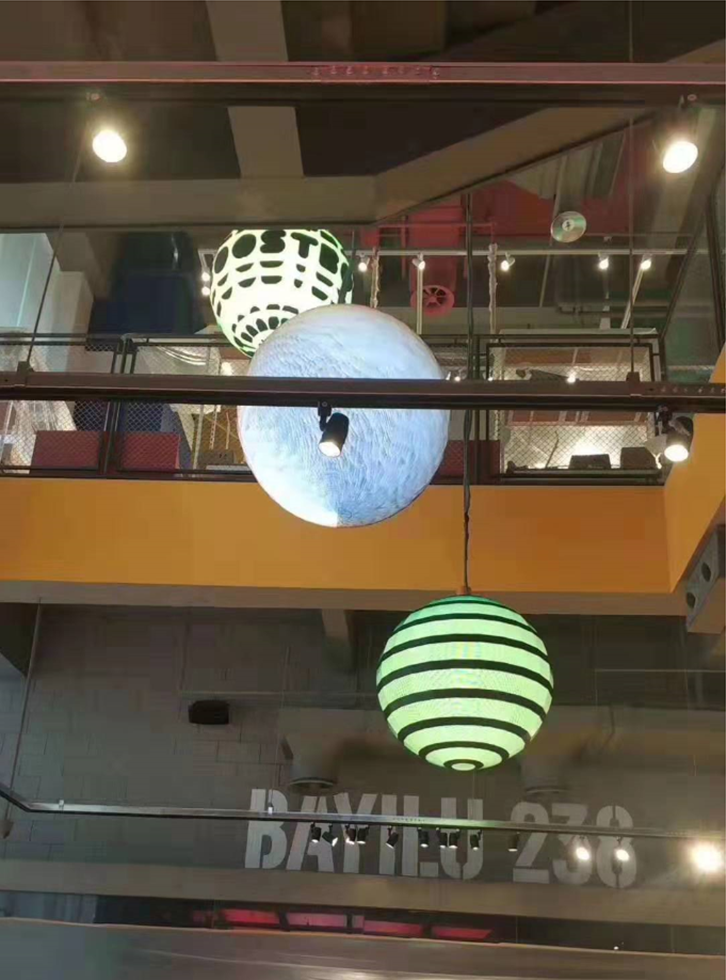Every audiophile wants to have a high-quality "earth cannon" high-fidelity amplifier made by himself. Being able to enjoy your favorite music with a self-made power amplifier is a great life pleasure for every audiophile!
Expert enthusiasts with certain electronic circuit knowledge and audio production experience prefer to use discrete components to make amplifiers, which can be made into different styles of amplifiers, but the debugging design is complex, which makes many enthusiasts discouraged. With the continuous improvement of the production technology of integrated amplifiers, the launch Many Hi-Fi-level devices with mature and excellent technology, such as TDA1514A, TDA7294, LM1875T, LM3886TF, LM4766, etc., are used to make the power amplifier simple, easy to debug, stable performance, low price, good sound quality, low distortion, perfect function , And thus loved by enthusiasts.
In order to facilitate the production of audiophiles, three high-quality integrated DC servo-type current negative feedback high-fidelity amplifiers with TDA7294, LM3886TF and LM4766 as the core are specially recommended: including rectifier filtering, speaker protection and volume control , Left and right balance, etc. are all made on a circuit board, and only need to connect a double 18V transformer with 200W or more to work.
Most of the conventional power amplifiers use voltage negative feedback. The disadvantage is that they overcome both nonlinear distortion and transient distortion. The current negative feedback constant current type can solve the nonlinear distortion and transient distortion well. The problem cannot be taken into consideration. The author's design idea is to solve this problem, at the same time, in order to enhance the strength of the bass and the resolution of the treble, the playback tone of the entire system sounds plump, thick and clear` crisp (the charm of the tube amplifier), as long as the feedback is correct The DC blocking capacitor of the ground can be eliminated (to make the power amplifier pure DC), but the output terminal will output a DC voltage. To accurately correct the drift of the DC potential of the output terminal, a DC servo circuit should be added (the operational amplifier NE5532N and Diode, etc.).
At present, the most popular among enthusiasts is TDA7294. Figure 1 is a circuit diagram of an integrated DC servo-type current negative feedback two-channel power amplifier with TDA7294 as the core (only one channel is drawn in the figure, the other channel is the same): including Rectification and filtering, volume control (RP1), left and right balance control (RP2), DC servo circuit, power amplifier circuit, speaker protection circuit (to prevent damage to the speaker from the impact current of power on and off, and also to prevent DC voltage in the event of power amplifier IC damage Damage to the speaker). The configuration schemes of Figures 2 and 3 are also the same as those of Figure 1. TDA7294 is a high-power DMOS integrated circuit launched by the famous European SGS-THOMOSN STMicroelectronics. Its sound is soft, round and delicate, and its music is rich. Its main technical parameters are: working voltage ± 10V— ± 40V (recommended ± 25V— ± 35V), continuous output power 70W-100W, total harmonic distortion is extremely low, only 0.005% (Рo = 5W, f = 1KHz). TDA7294 has low noise, low distortion, high withstand voltage, short circuit current and overheat protection, and has a delay noise suppression function after startup. The TDA7294 circuit uses a constant current differential input circuit, a field effect tube driving circuit and a field effect tube power output stage. Because of this, the TDA7294 has a tone similar to a tube power amplifier-soft, round, delicate and rich in music. This is also the advantage of enthusiasts.
Figure 2 is an integrated DC servo-type circuit with negative feedback dual-channel power amplifier circuit using LM3886TF with two warm and full-bodied sounds from the US National Half Company (NS Corporation) (only one is shown in the figure) Channel, the same as the other channel circuit). The main technical parameters of LM3886TF are as follows: working voltage ± 9V— ± 40V (recommended ± 25V— ± 35V), continuous output power of 68W (peak power 135W), signal-to-noise ratio is extremely high 110dB, distortion is 0.003% low, LM3886TF has a waiting Mute function, with over-voltage protection, over-temperature limit protection, current overload protection and other functions. The sound quality of the circuit is mellow and warm, and the bass is strong, strong, clean and neat.
Figure 3 is an integrated DC servo-type current negative feedback dual-channel power amplifier circuit with LM4766 as the core. LM4766 is a warm and mellow dual-channel power amplifier integrated circuit recently launched by the National Semi Company (NS). Its main technical indicators are: operating voltage ± 10V— ± 30V, and the continuous average output power (8Ω) per channel is 40W The total harmonic distortion is only 0.009% (Po = 30W, f = 1KHz), the noise is extremely low, and the signal-to-noise ratio is as high as 112dB. Inside the LM4766 are two high-quality power amplifier circuits, and the input stage uses a constant current differential circuit (the same is true for the LM3886TF). LM4766 has perfect functions such as over-voltage, under-voltage, overload and over-temperature, and Spike protection (NS company's patented technology, LM3886TF also has this protection). The two power amplifiers can be controlled by smooth transition mute control circuits, which can achieve no impact when starting and shutting down. In order to prevent accidental damage to the IC and lead to DC output damage to the horn, the author specifically added a horn protection circuit after the power amplifier (Figure 1, Figure 2 is also based on this reason to increase horn protection). The power amplifier made with LM4766 is the most suitable for pushing medium and small bookshelf speakers, its sound is warm and moist, rich and thick. Interested friends can use the circuit in Figure 3 to make a pair of high-fidelity monitoring active bookshelf speakers for listening to music in the living room of two to thirty square meters, which can be described as a big life thrill for audiophiles.
Production: The author ’s design philosophy has consistently adhered to: excellent chips are equipped with excellent circuit design, and the selection of high-quality components can obtain the perfect high-fidelity sound quality. The components of the author are selected: ①The signal coupling capacitor uses Japanese red ELNA capacitors. These capacitors are dedicated to high-fidelity audio, and the sound quality is very good; ② The remaining electrolytic capacitors should also use Japanese ELNA, black diamond, music, ruby, South Korea ’s Sanhe and other enthusiasts recognized high-quality products; ③ electrodeless capacitors use Japanese music Acoustic metalized non-inductive CBB capacitors or Thomson MKP capacitors in the Netherlands, the best is the red WIMA capacitors, but most of the market are disassembled products, and sometimes it is sometimes caused by a broken disassemble capacitor. The production was unsuccessful or the sound quality was degraded. It was found that it was tortured for several days. It turned out that it was ...; ④The resistance used imported metal film low-noise precision (± 1%) five-color ring resistance; ⑤ circuit board design must pay attention to the direction of the ground wire Deal with it, otherwise the noise will "be born on the spot"! Conditional audiophiles are best able to use silver-plated circuit boards, its benefits prevent oxidation, and reduce the resistance of the solder joints, which is conducive to improving the analytical power of small signals. ⑥ Power supply requirements: the rectifier diode needs high power such as 6A, the filter capacitor should have more than 6800uF (withstand voltage 50V) to meet the requirements of large dynamics and solve the AC noise, and the transformer used should use 200W or more double 18V (TDA7294, LM3886TF Optional dual 18V-dual 24V) toroidal transformer or R-type transformer can be used with the latest O-type transformer; O-type transformer combines the advantages of toroidal and R-type transformers: less magnetic leakage and coupling Better, higher efficiency, lowest internal resistance, lower temperature rise, stronger load capacity, excellent power quality with O-type transformer to power amplifier.
The components can be welded if they are inspected without problems, and the inspection is correct (must be carefully calibrated). Install a radiator that is large enough (note that the heat sinks of TDA7294 and LM4766 are connected to the negative power supply. Apply thermal grease to facilitate heat dissipation.) It can be tested (do not connect the speaker): turn the volume potentiometer to the minimum, connect the transformer and power on to check whether the integrated block and various components have abnormal heating, etc., if there is no abnormality, use The digital multimeter measures the DC voltage at the power output end, which is generally below 0.1V, indicating that it is working properly. If the DC voltage at the output end exceeds too much, the fault is in the servo circuit. Replace the servo amplifier or the diode until it is normal. When the power amplifier part is normal, the horn protector cannot be properly attracted. The problem occurs in the diode and the transistor. After everything is normal, you can connect the speaker (the DC impedance cannot be lower than 5Ω or the power amplifier IC will be damaged, preferably 6-8Ω) test sound and burner (should work at a low volume).
The three power amplifiers in Figures 1 to 3 are all pure Hi-Fi, and the listening sound is original. If you like to adjust the tone, you can add a variety of tone circuits before the three power amplifiers, such as LM4610N , BH3854, UPC1892, high-quality tones made with op amps, etc. If you can add BBE circuits, such as BBE2150, BA3884, XR1071, XR1075, etc. (BBE article see "Home Electronics", "Electric Self-made" 98, 99 years) Excellent, the finishing touch, both high and low frequencies get a clear and natural effect. If it is used to enjoy the DVD feature film and listen to the concert, you can add the QS7779 virtual surround circuit (for detailed technical articles, see the 99th issue of this magazine), the effect is first-class, and the live effect is excellent. Enthusiasts who love karaoke can join the karaoke board made by Mitsubishi ’s karaoke king-M65831 chip (limited edition, the author will publish the production article next time, introducing the pre-class A class with discrete components of tones and field effect tubes M65831 Karaoke integrated circuit, so stay tuned). In order to facilitate the enthusiasts to assemble various characteristic power amplifiers, the connection method diagram of FIG. 4 is specifically given.
Due to the limitation of the layout, the printed circuit diagram of the circuit board cannot be drawn. If there are difficulties in production, you can mail order from Meishun Electronics Factory in Yunan County, Guangdong Province. You can visit its website: http: ///, the various tone boards mentioned in the article , BBE board, karaoke board, power amplifier board, etc. are available.
As for the listening descriptions of these three power amplifiers, there is no need to say more. In a word: the sound quality can be compared with the machine over a thousand yuan on the market, and there is indeed a taste of the amplifier: TDA7294 has a soft, round and delicate tone, and rich music. The sound quality is mellow and warm, the bass is strong and powerful, clean and neat, and the LM4766 tone is warm and moist, rich and thick. In the end, it depends on the hobby and requirements of the amplifier that the enthusiast chooses. Interested friends can assemble a power amplifier, increase the experience of "fever" and feel the joy of the success of the self-installed amplifier, and experience the appreciation of self. Happy life! I believe that the three power amplifier circuits introduced in this article will not disappoint you!

Follow WeChat

Download Audiophile APP

Follow the audiophile class
related suggestion


